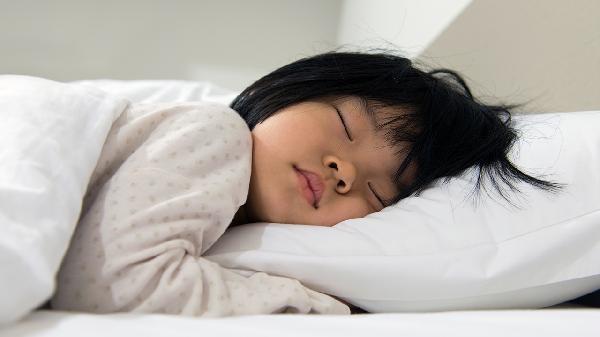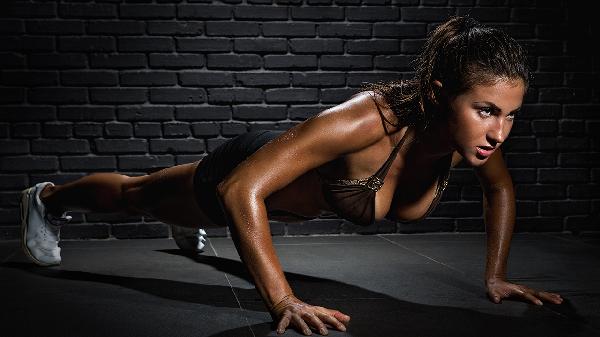Mobility might not be the flashiest part of fitness, but when it comes to your hips, it’s the unsung hero of movement. Think of your hips as the foundation of your body—if they’re stiff or weak, everything else has to compensate, leading to aches, imbalances, and even injuries down the line. Whether you’re a gym rat or someone who just wants to move without pain, hip mobility is non-negotiable.
Why Your Hips Deserve More Attention
Your hips are the central hub for nearly every movement you make—walking, running, squatting, even sitting. When they’re tight or weak, your body finds sneaky (and often unhealthy) ways to compensate. Maybe your lower back starts picking up the slack, or your knees take on extra stress. Over time, these compensations can lead to chronic pain or injuries. The good news? A little targeted work can go a long way in keeping your hips—and the rest of your body—happy and functional.
The Real Culprits Behind Tight Hips
Sitting all day is public enemy number one for hip mobility. When you’re parked in a chair for hours, your hip flexors shorten, your glutes "fall asleep," and your stabilizer muscles check out. But it’s not just desk jockeys who suffer—athletes can develop imbalances, too. Runners often overwork their quads while neglecting their glutes, and weightlifters might focus on big lifts without giving those smaller hip stabilizers the love they need. The result? A recipe for stiffness, weakness, or worse.
How to Test Your Hip Mobility
Before diving into exercises, it helps to know where you stand. Try this simple test: Lie on your back, hug one knee to your chest, and keep the other leg straight. If the straight leg lifts off the ground, your hip flexors on that side are tight. Another quick check? Stand up and try a deep squat. If your heels pop up or your torso leans way forward, your hips might be begging for some mobility work.
Moves to Unlock Your Hips
Dynamic stretches and stability drills are your best friends here. Start with controlled movements like hip circles or leg swings to warm up the joint. Then, move into deeper stretches like the 90/90 stretch or pigeon pose (yes, even if you’re not a yogi). For strength, focus on exercises that target underused muscles—think clamshells for your glute medius or Copenhagen planks for your adductors. The goal? Balance out the overworked muscles while waking up the lazy ones.
How Long Until You See Results?
Patience is key—your hips didn’t get tight overnight, and they won’t loosen up instantly either. But stick with a routine (think 3-4 days a week), and you’ll likely notice improvements in a few weeks. Bigger changes—like smoother squats or less low-back tension—can take a couple of months. The trick is consistency: mobility work isn’t a one-and-done deal; it’s a lifelong practice.
Bottom line? Don’t skip hip day. Whether you’re lifting heavy, running miles, or just trying to keep up with daily life, mobile hips make everything easier. And hey, your knees and lower back will thank you, too.
























